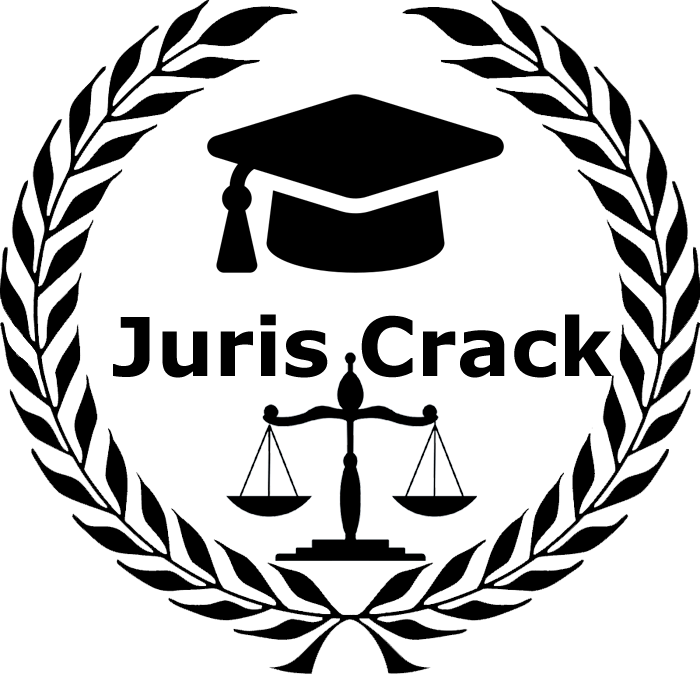The burden of proof in a suit or proceeding lies on that person who would fail if no evidence at all were given on either side.
Illustrations
(a) A sues B for land of which B is in possession, and which, as A asserts, was left to A by the will of C, B’s father
If no evidence were given on either side, B would b entitled to retain his possession.
Therefore the burden of proof is on A.
(b) A sues B for money due on a bond.
The execution of the bond is admitted, by B says that it was obtained by fraud, which A denies.
If no evidence were given on either side, A would succeed, as the bond is not disputed and the fraud is not proved.
Therefore the burden of proof is on B.
Explanatory Video on -102. On whom burden of proof lies
Notes on – 102. On whom burden of proof lies
Questions on – 102. On whom burden of proof lies
Juris Crack provide free law notes , free video lecture , relevant mock questions , past MCQ question and legal news on Indian Evidence Act 1872. One stop destination for llb students , judicial service examination preparation , civil judge preparation , law officer courses , apo preparation , clat ug and pg test preparation. We provide notes on all legal topics , past years questions and preparation strategy. Our Bilingual teaching materials helps all law students to plan better for their examination. Juris Crack resource are mostly free to use and download , so that community of law students get quality materials. Become member of Juris Crack Law Community
Section 102. On whom burden of proof lies. Bare Act of Indian Evidence Act 1872 on JurisCrack




No comment